Horizontal Flow Wrap vs. Traditional Packaging- A Comparative Analysis
In the realm of packaging, the choice between horizontal flow wrap and traditional packaging can have a significant impact on the efficiency, cost, and overall presentation of a product. This comparative analysis delves into the key differences between these two packaging methods to provide a comprehensive understanding of their respective advantages and limitations.
Materials and Design
Horizontal flow wrap typically utilizes a flexible film wrapped around the product and heat-sealed on both ends. Traditional packaging, on the other hand, can involve various materials such as cardboard, plastic, or metal and encompasses a wider range of designs. Rigid packaging offers protection and durability, while flexible packaging provides greater flexibility and can often minimize material usage.
Cost and Efficiency
Horizontal flow wrap offers potential cost savings due to reduced material usage and faster packaging speeds. The continuous flow operation allows for high throughput, making it suitable for mass production. Traditional packaging often requires multiple components and additional steps, resulting in increased labor costs. However, it can provide added protection and customization options.
Product Protection
Traditional packaging often provides better protection against external factors such as moisture, dust, and impact. Rigid containers offer structural support and can withstand transportation and handling. Horizontal flow wrap provides a barrier against moisture and oxygen but may offer less protection against physical damage.
Environmental Impact
Horizontal flow wrap generally uses less material than traditional packaging, contributing to waste reduction. The use of flexible films allows for downcycling or recycling, depending on the material composition. Traditional packaging can involve more materials, some of which may be difficult to recycle.
Visual Appeal and Marketing
Traditional packaging offers greater customization options for branding, product information, and graphics. It allows for precise printing and can incorporate features such as embossing or window cutouts. Horizontal flow wrap typically provides a more streamlined and minimalist look, but it can still incorporate branding and product details.
The choice between horizontal flow wrap and traditional packaging depends on specific product requirements, cost considerations, and sustainability goals. Horizontal flow wrap offers cost-effectiveness, high efficiency, and reduced material usage. Traditional packaging provides enhanced protection, customization, and visual appeal, but may involve higher costs and a larger environmental footprint. By carefully evaluating these factors, businesses can select the packaging method that best aligns with their needs.
-
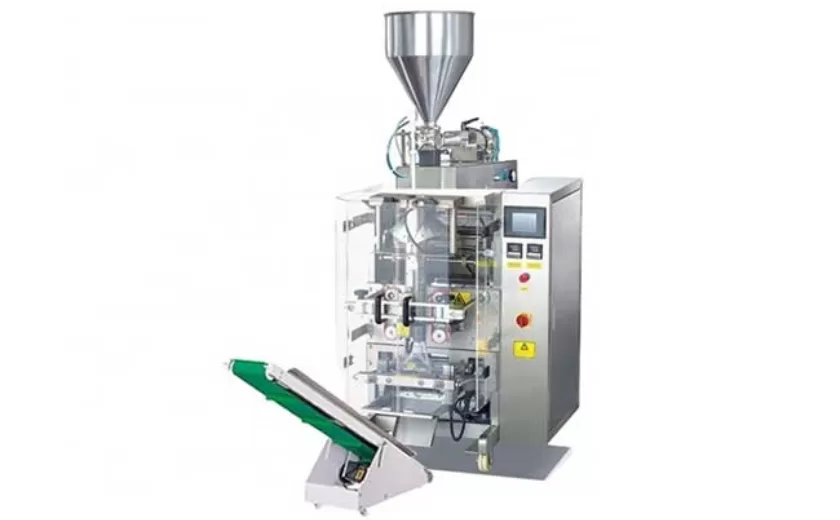
Advanced Packing Solutions: Snacks, Sugar, and Frozen Food Machines
29-10-2025 -
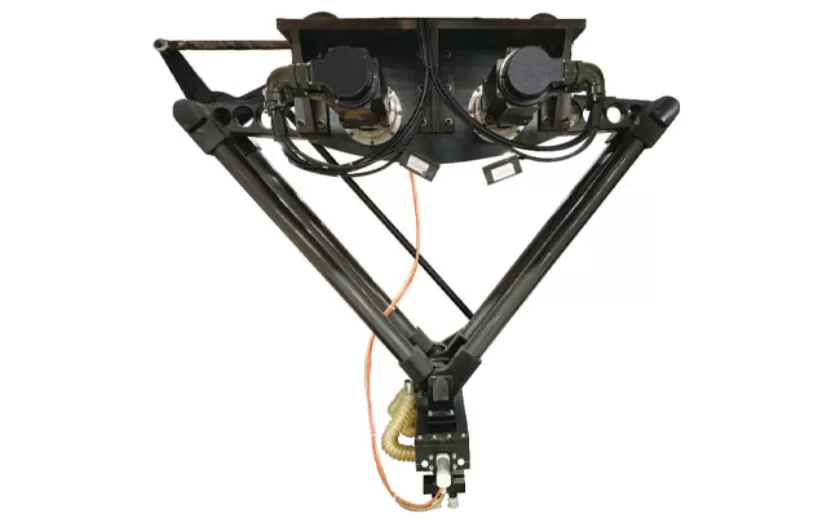
Efficient and Reliable Solutions for Salt, Nuts, and Frozen Dumplings Packing
29-10-2025 -
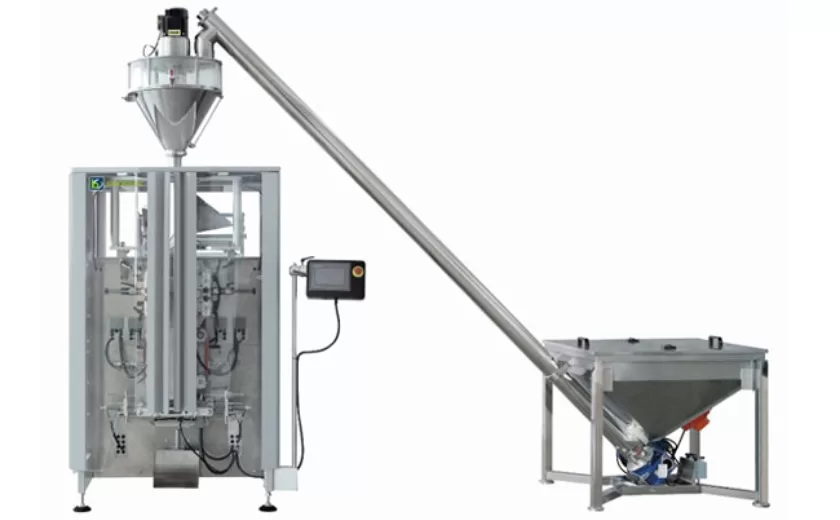
High-Performance Biscuits, Lollipop, and Ketchup Packing Machines for Modern Food Production
29-10-2025 -

Efficient Liquid Filling and Packing Machines for Modern Production
23-10-2025 -
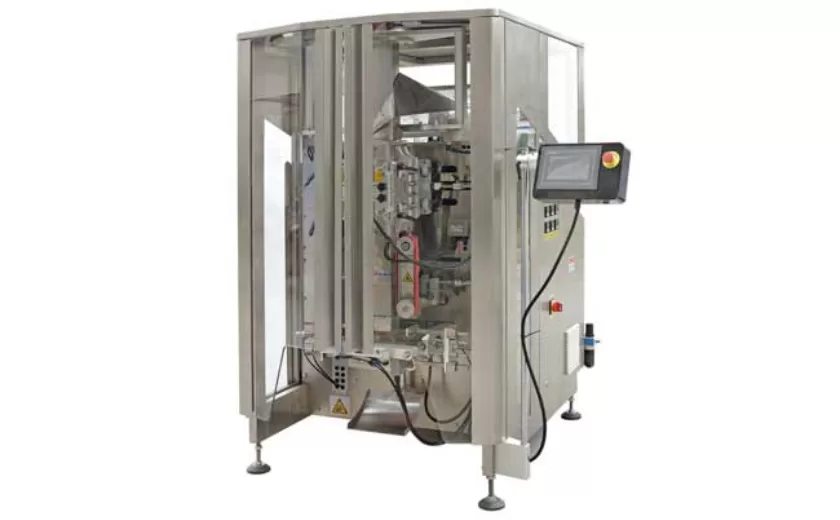
Reliable Granule Packaging Machines for Efficient Production
23-10-2025 -

Efficient Auger Powder Filling Machines for Accurate Packaging
23-10-2025 -

High-Performance Liquid Filling and Packing Machines for Hygienic Production
10-10-2025 -

High-Efficiency Granule Packaging Machines for Precision and Speed
10-10-2025 -

High-Precision Auger Type Powder Filling Machines for Efficient Packaging
10-10-2025 -
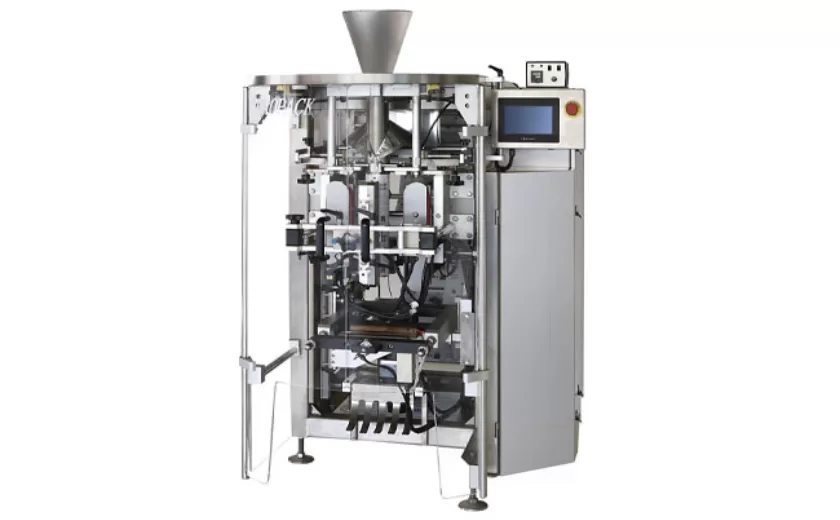
Efficient Vertical Form Fill Seal Packaging Machines for Smart Production
10-10-2025





